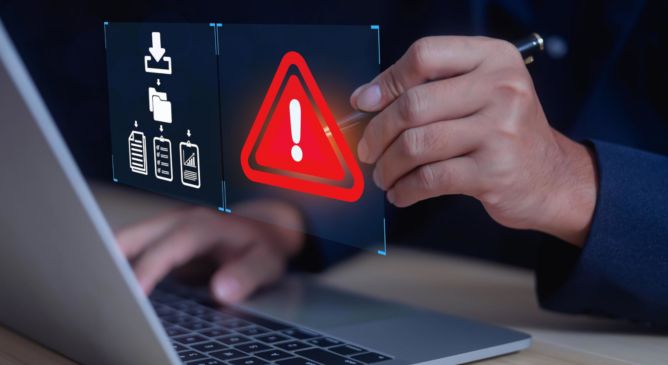

Updated Shadowpad Malware Leads to Ransomware Deployment
In this blog entry, we discuss how Shadowpad is being used to deploy a new undetected ransomware family. Attackers deploy the malware by exploiting weak passwords and bypassing multi-factor authentication.














